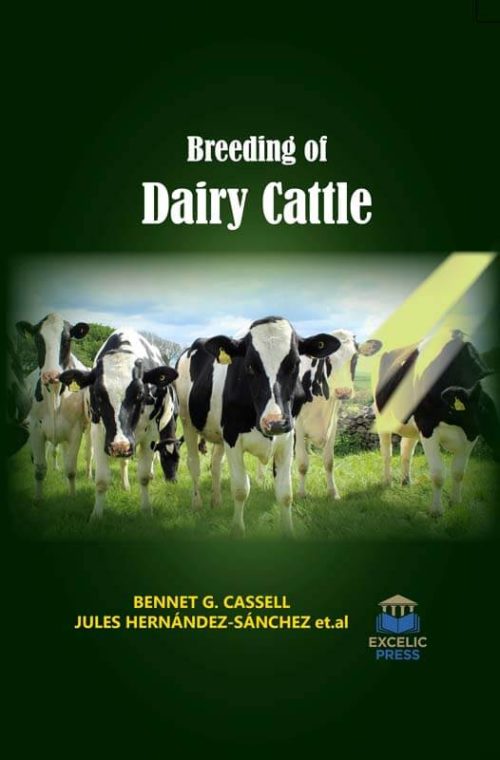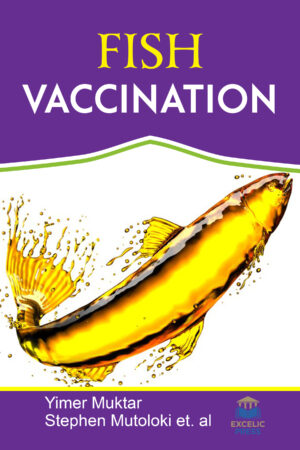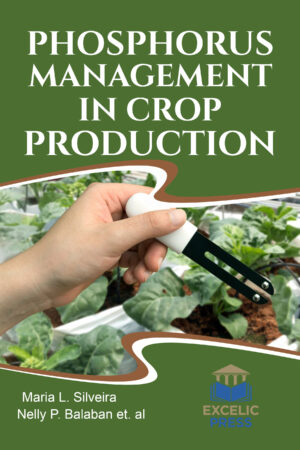Description
Modern milk production will undergo a radical structural change both in terms of the dairy farmer and the breeding companies. Thus, cooperation between breeding companies or breeding associations will be a necessary tool to survive in the global economy. Dairy cattle breeders have exploited technological advances that have emerged in the past in regards to reproduction and genomics. The implementation of such technologies in routine breeding programs has permitted genetic gains in traditional milk production traits as well as, more recently, in low-heritability traits like health and fertility. As demand for dairy products increases, it is important for dairy breeders to optimize the use of available technologies and to consider the many emerging technologies that are currently being investigated in various fields.
This book intends to cover a number of technologies that have helped shape dairy breeding programs in the past and present, along with those potentially forthcoming. These tools have materialized in the areas of reproduction, genotyping and sequencing, genetic modification, and epigenetics. Although many of these technologies bring encouraging opportunities for genetic improvement of dairy cattle populations, their applications and benefits need to be weighed with their impacts on economics, genetic diversity, and society. The book also provides coverage on the application of milk proteins genetic polymorphism for selection and breeding of dairy cows, redox biology in transition periods of dairy cattle, and the classification of smallholder dairy farming systems based on herd genetic structure and access to breeding services.
Sufficient genetic variation in livestock populations is necessary both for adaptation to future changes in climate and consumer demand and for continual genetic improvement of economically important traits. Unfortunately, the current trend is for reduced genetic variation, both within and across breeds. The latter occurs primarily through the loss of small, local breeds. Inferior production is a key driver for loss of small breeds, as they are replaced by high-output international transboundary breeds. Selection to improve the productivity of small local breeds is therefore critical for their long term survival. The book also aims to review the technology options available for the genetic improvement of small local breeds and discuss their feasibility. Overall, this book provides comprehensive coverage of past and current genomic technologies, which have had or are likely to have disruptive effects on current livestock breeding practices. The intended book will be of value to the students, scientists, researchers, and other stakeholders associated with the subject area.





